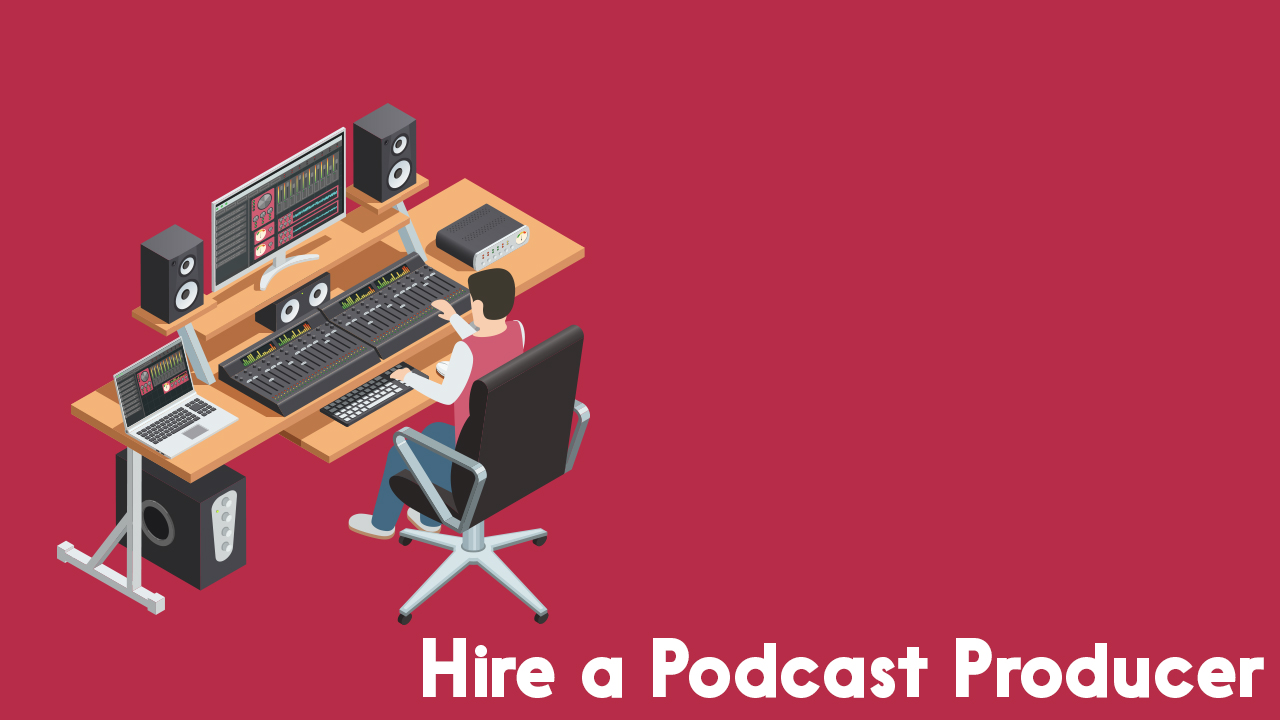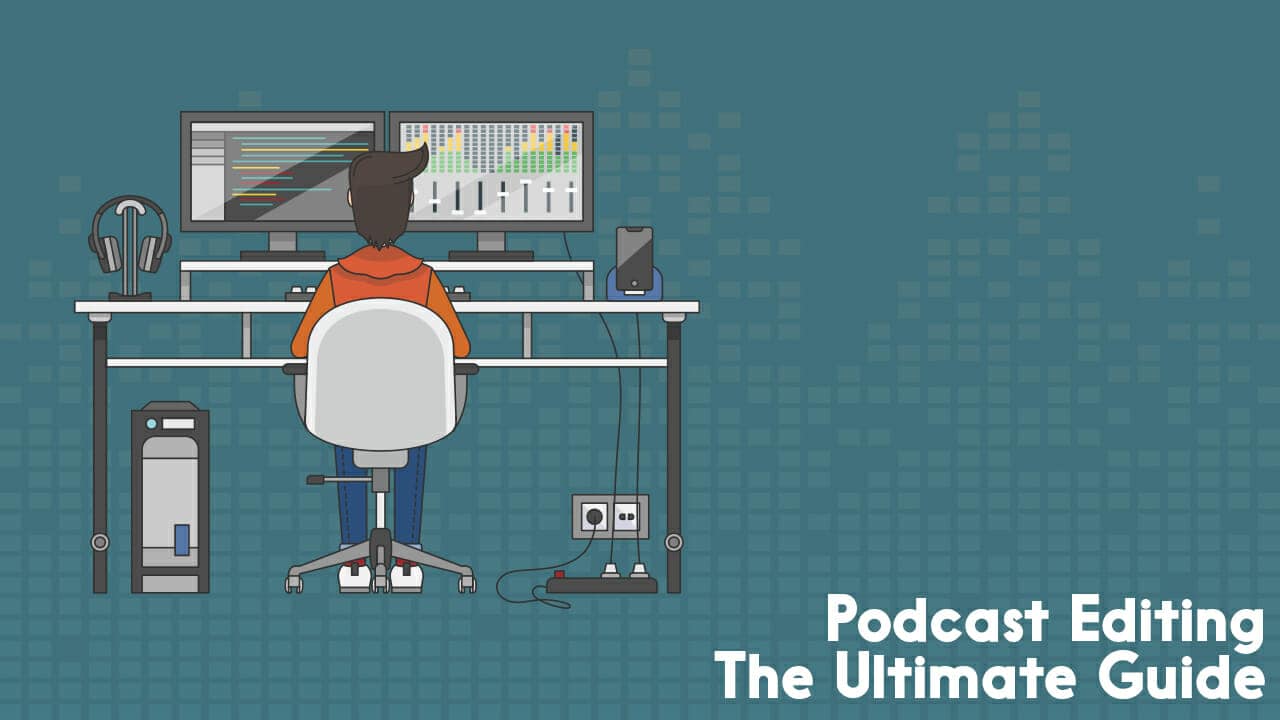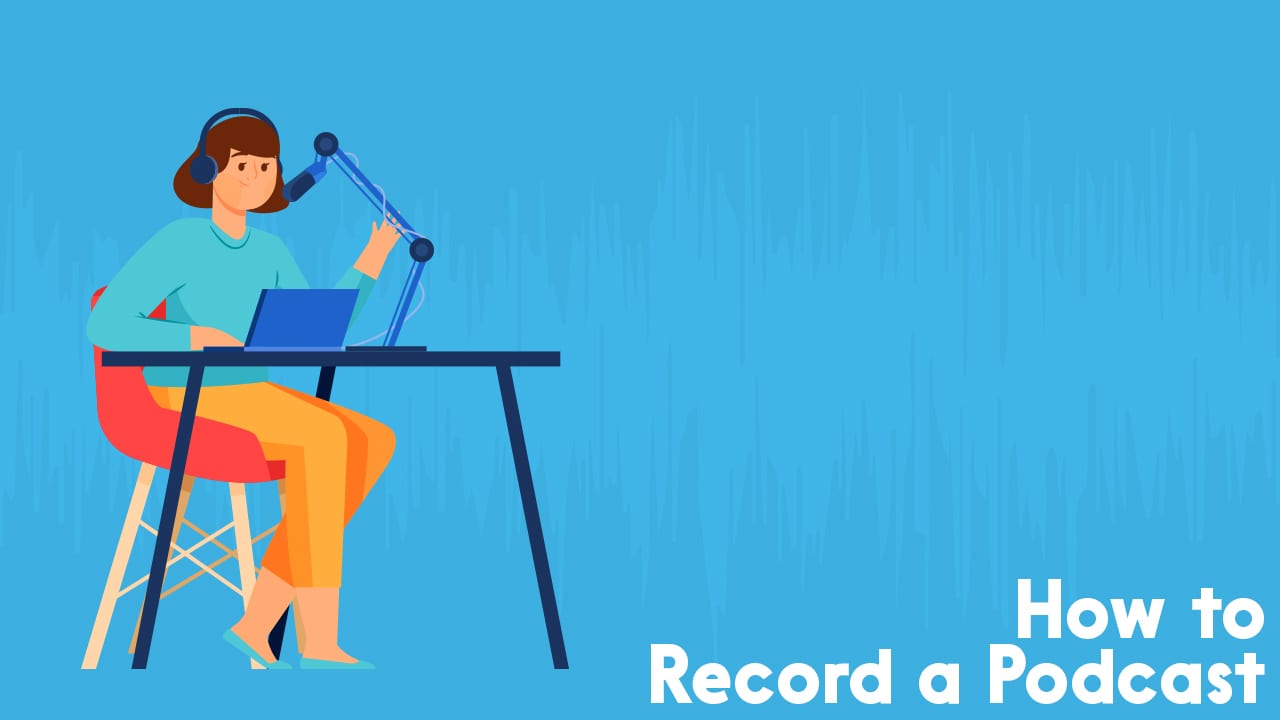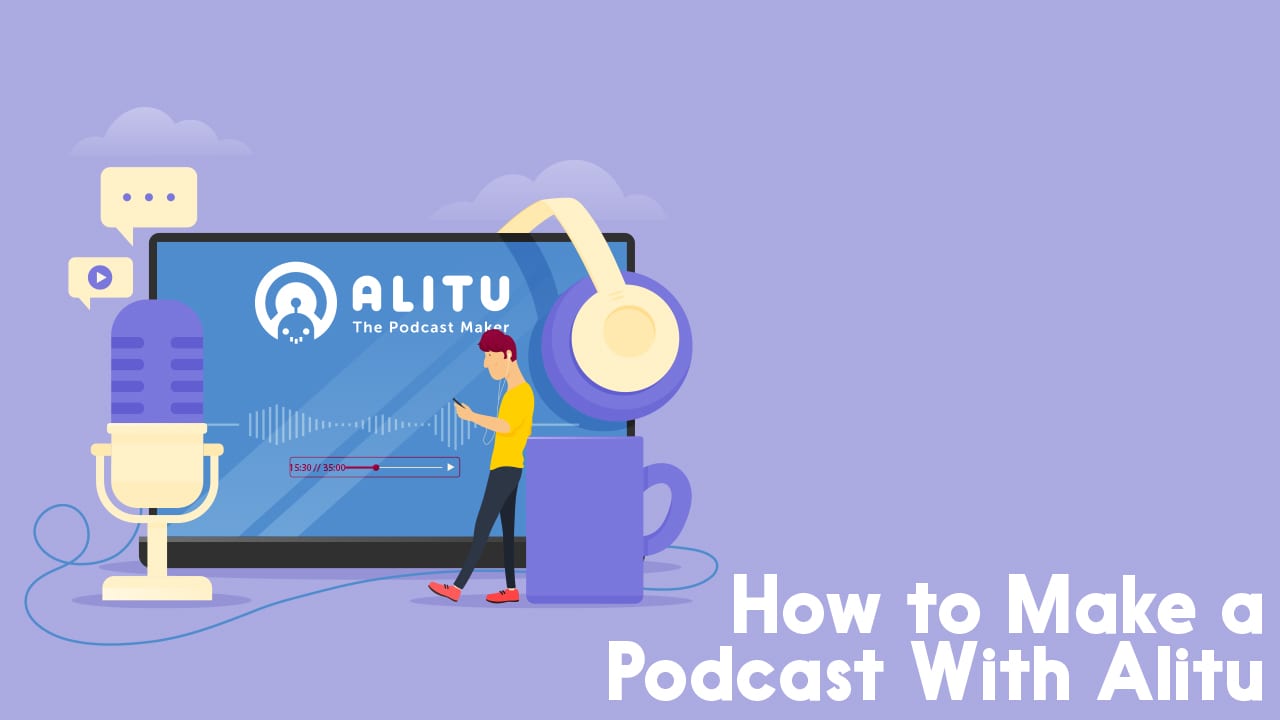Podcast Production Tips For the Time Strapped Indie Podcaster
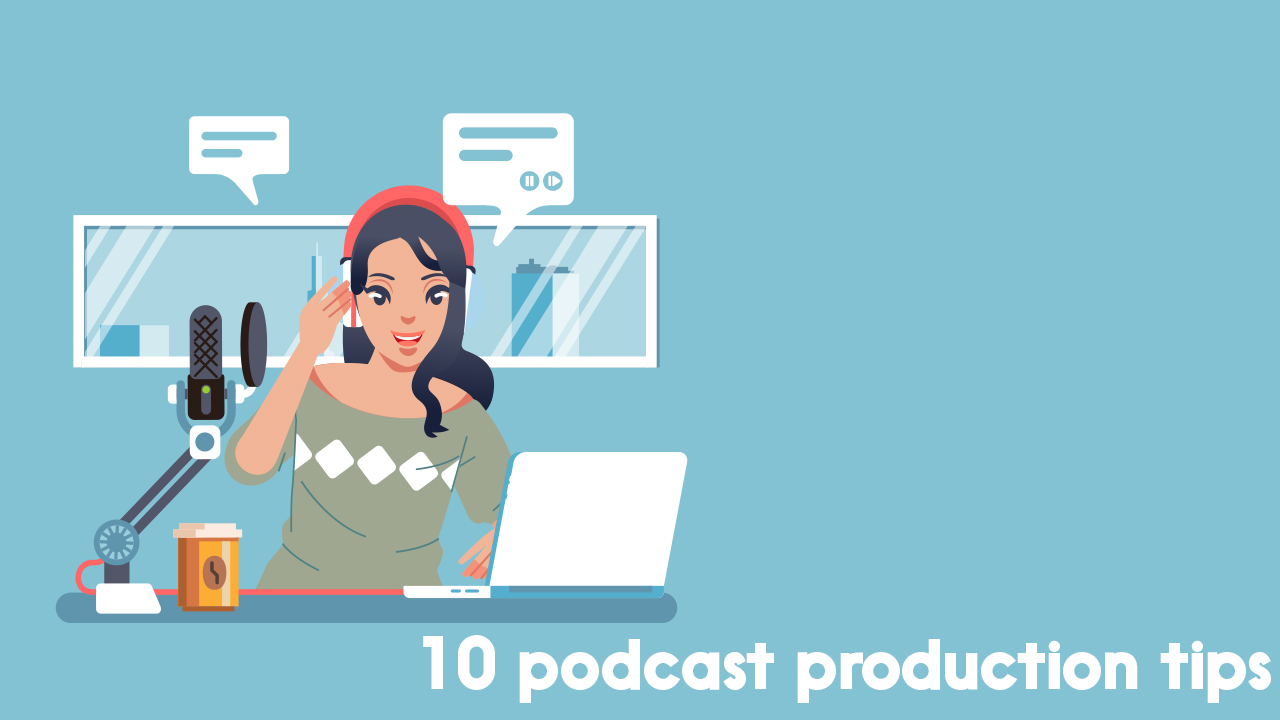
As an independent podcaster, you’re busy. You probably started podcasting to tell a story, or to share information or an experience. You knew it’d be amazing to get your voice out there, but you didn’t know how much work it would be. There’s more information about starting, recording and producing a podcast than anyone can get through. It’s a lot! But don’t worry. We’ve been through all of this too. So we’re here to give you some podcast production tips to help.
In this post we’ll give you some podcast production tips to make the how, what and why of your podcast creation faster and easier. Your episodes will sound better and you’ll be less stressed out. Let’s do this!
- HOW to edit while away from your computer
- WHAT to listen for while doing podcast production tasks
- reasons WHY you need to edit
Planning & Podcast Production Tips
In this post, I’ll assume that your episodes are recorded and you’re searching for ways to make it sound better fast. However, I’d kick myself if I didn’t quickly mention these helpful ways to streamline your planning and recording sessions.
Also, podcast production is also known as post-production, or as many of us say, “post”. Post-production is the changes you make to your recording after it’s, well, a recording.
Okay, let’s get started!
Podcast Production Tip #1: How to do Content Edit Without Your Computer
Given your busy schedule, I want to give you some podcast production tips on how to do the listening part of this computer task withOUT a computer. It’s so simple and all you need to do is listen to your episode on your phone with Google Drive or Dropbox (or any cloud storage space that plays audio.)
This podcast production tip has helped me get more walking time into my own heavy content editing days. Here’s how to do it using Google Drive:
Step 1: Upload your audio file to Google Drive. Make sure that the Google Drive app is on your phone and that the file is saved for offline listening.
Step 2: Listen with headphones/earbuds when you’re walking, bicycling or just doing house chores.
Step 3: When you hear something in the audio that is distracting, jot down the timestamp. Don’t worry about making long notes about what to change. Just note the timestamp and if you want, 1-2 words. You will hear the problem later. We always do. Trust your ears.
Step 4: Later, when you are editing at your computer, go to these timestamped parts of the audio and make changes.
Alternatively, if you are an Apple user, you may want to check out EditPoint. This handy iOS app is designed specifically to edit your podcasts on-the-go.
What to Listen for While Doing Podcast Production Tip #1
It’s very easy to spend a lot of time second-guessing yourself, or wondering what “the best way” to do podcast production is. Or you get into a more peaceful, relaxed podcast production habit: trust your ears.
In short, edit like you listen. What do you like in the podcasts you listen to? Keep this idea in mind when going over the below questions. Below you’ll find some guiding questions to think about before editing. Pick a set of questions based on the amount of time and attention that you have for podcast production tasks, answer the questions and then edit mindfully.

Basic Questions for the Super Time Strapped:
For the below questions, if your answer is YES, try out the solution provided.
- Are there distracting ums, ahs, ehs, etc? Try using Descript.
- Are there parts of the episode that go off-topic? Delete parts of the audio that are not connected to the topic.
- Does the length of the episode match the topic? For example, a podcast for busy moms and high power business executives should probably be short (under 20 minutes). Edit the episodes to a short length.
- Does it sound like the volume is even throughout the episode? Run it through Alitu.
Intermediate Questions for the Patient and Curious:
For the below questions, if your answer is YES, try out the solution provided.
- The basic questions above
- Would a summary introduction and/or outro add to the value of the episode? Record a quick intro and outro to add to the episode.
- Is the end of the episode more lively than the beginning? Move the lively part to the beginning (after the intro).
- Is there a static or low humming noise in the audio? Do some noise reduction. Most if not all DAWs have a noise reduction effect/plug in. Alitu does it automatically.
Advanced Questions for the Future Professional Podcast Editors:
For the below questions, if your answer is YES, try out the solution provided.
- The basic and intermediate questions above
- Are there any loud plosive sounds? Plosives are popping P sounds our mouths make. Windscreens or pop filters are the best way to stop these from happening in the first place but in post you can also try using Izotope RX.
- Would any part of the episode sound better or flow better with a little music?Add some music to the episode, but do read up on the legal side of things first.
For all levels: Set your LUFS
There’s 1 more thing you need to know-LUFS:
LUFS stands for Loudness Units relative to Full Scale. In podcasting, you want to set your LUFS to -16. Learn how to do it on your DAW. Without this level, your listeners won’t be able to hear your episode. Here’s our guide to podcast loudness levels. This is another thing that Alitu does for you automatically.
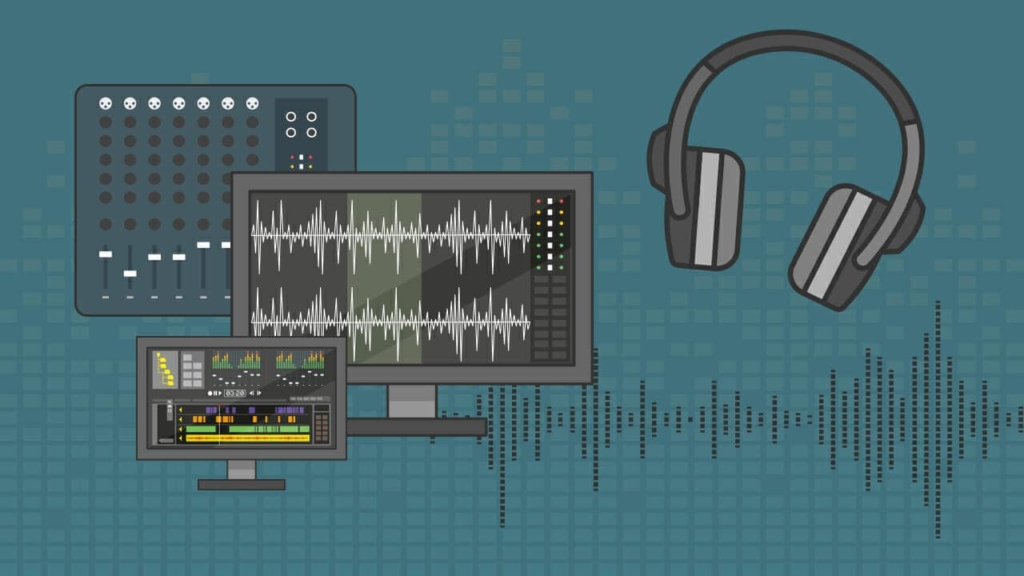
Podcast Production Tip #2: Creative Outsourcing
At this point, you’re either making notes on what you’re going to do next, or you’re seriously thinking about stopping your podcast.
Don’t leave us. Don’t podfade. There are other options I want to share with you to help with the podcast production workload. These are listed in order of affordability with the most affordable ideas first.
- Get an intern. Contact Digital Media Departments at universities and see if you can recruit an intern for a semester or two.
- Use newer tools/DAWs that automate the podcast production process. For example, Alitu and Descript are building on new features all the time, to make your podcast production tasks easier.
- Outsource your podcast production: hire a producer or an editor.
Finally, make sure you’re recording good clean source material which lessens your need to rely on editing and production. Next up, check out our guide to recording a podcast to get your bases covered on that important front.
Reasons Why You Need to Edit
There are some good reasons why a Podcaster might not be able to edit. For example, a physical limitation, accessibility issue with editing technology, and so on.
But if that’s not you, please edit. Why?
I’ve got to be honest with you: things are changing. Fast! The sound quality of podcasts has improved a lot over the past year alone. A LOT, a lot.
Taking just a little bit of time to make the above decisions goes a long way. Your listeners will appreciate that you respected their time and ear tolerances.
If you’re looking to make podcast editing as easy as possible, be sure to check out Alitu. You can record your podcast directly into Alitu (whether its a solo show or remote interview pod) and it makes it simple to chop out any mistakes or unwanted content. Adding in music, effects, and other segments is also effortless. Alitu then does all the cleaning, processing, and volume levelling for you automatically, and you can publish your show from directly inside the dashboard. Try it out free for 7 days and see what you think!
